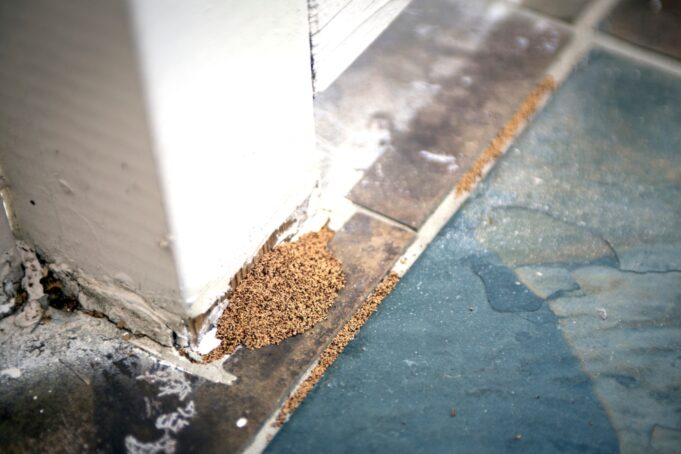Written by Kelly G. Richardson
Q: Our small HOA has shared-wall units with varying degrees of termite infestation and owners are demanding that the HOA treat the problem. However, our CC&Rs make no mention of termites and we do not have a “different maintenance scheme” as prescribed in 4780(b). What must our HOA do to legally have the authority to treat wood-destroying pests? Section 4780(b) calls for a vote of the membership. Are there other avenues? I would like to present all compliance options to the board. — W.R., Aptos.
A: If your HOA is a condominium project, Civil Code Section 4780(a) places termite treatment responsibility on the HOA, while subpart (b) places that responsibility for planned developments on individual owners. I am assuming you live in a planned development with attached homes.
If your CC&Rs say nothing about termite treatment (most developers don’t consider that in setting up attached planned developments) it creates a problem – it doesn’t help to try to treat homes individually when they are interconnected.
Yes, subpart (b) allows the HOA to have a membership vote to shift this responsibility to the HOA, but it might be better to amend the CC&Rs instead so it is permanently stated in the document for future boards and homeowners. Some of my clients’ members have cooperated with neighbors in the same building to jointly tent their building. Other than that, it’s spot treatment until the members get together in a vote.
Q: Our HOA tented every single building for termite fumigation. We didn’t want fumigation, because of the chemicals that would be pumped into our homes. So our building did not get tented.
We have asked our HOA to find an alternative treatment because we have health issues and have a doctor’s note to have an alternate treatment done at our home instead of fumigation. Our HOA wants to sue us for not complying with the treatment. I need to know if they can sue us or if they need to accommodate our request and treat the wood in a different manner. — M.M., San Diego.
A: This is a difficult conflict. Protecting the framing’s structural health is very important and a safety concern for the entire HOA. A powerful statute, Civil Code Section 4785, allows the HOA to pursue the “summary removal” of residents after giving notice of impending termite treatment. “Summary removal” does not mean that the HOA can just barge in and order you out – court action is still necessary.
Has your doctor said that you have a disability that would be affected by residual elements of the fumigation, harming your health? Would staying away a bit longer provide more time for the dissipation of the fumigation and address your health concern?
The board has great latitude while relying on expert advice regarding HOA maintenance methods, under the landmark 1999 Lambden v. La Jolla Shores state Supreme Court decision (a case that involved a dispute over the method of termite prevention).
If the HOA’s expert recommended fumigation, the HOA may argue it is not a reasonable accommodation to risk the entire building’s structural health as an accommodation to you. The HOA and you should stay out of court. Work this out with your HOA neighbors.
Kelly G. Richardson CCAL is a Fellow of the College of Community Association Lawyers and Senior Partner of Richardson Ober LLP, a California law firm known for community association advice. Submit column questions to kelly@roattorneys.com.
Shared from OC Register











